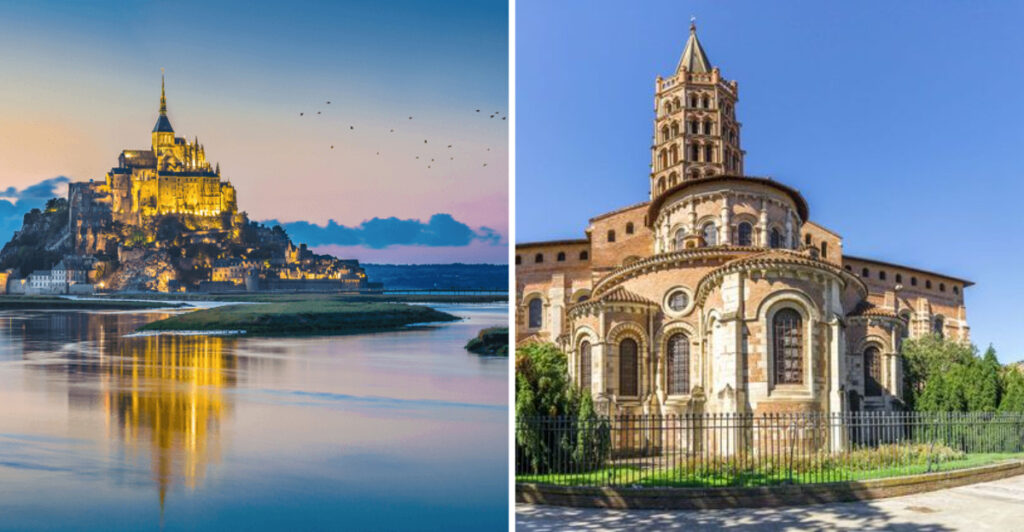Embarking on a journey through France’s architectural wonders revealed a world of breathtaking beauty and historical intrigue. Each structure told a story, capturing the essence of its time and the vision of its creators. From gothic cathedrals to opulent châteaux, these gems are more than mere buildings; they are masterpieces that reflect the cultural and artistic evolution of France.
Eiffel Tower
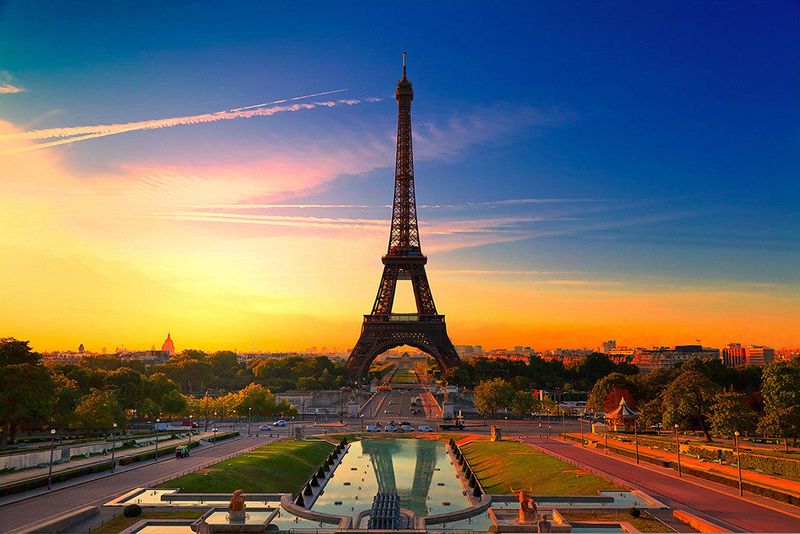
Standing tall against the Parisian skyline, the Eiffel Tower is a marvel of engineering and design. Constructed in 1889 for the World’s Fair, it was initially met with skepticism. Today, it symbolizes the romantic spirit of Paris. The iron lattice tower, designed by Gustave Eiffel, offers magnificent views of the city. Did you know? It was once the world’s tallest structure, holding the title until the Chrysler Building was completed in 1930. With its unique silhouette, the tower continues to inspire awe and remains a must-visit landmark.
Mont Saint-Michel

Perched on a rocky island, Mont Saint-Michel seems to emerge from the sea’s embrace. This medieval abbey is a stunning example of resilience and faith. As you walk its winding streets, history whispers from every stone. During high tide, the mount becomes an island, a transformation that has fascinated visitors for centuries. The abbey’s silhouette against the horizon is a sight to behold, especially at dusk. Did you know? It was an important pilgrimage site in the Middle Ages, drawing believers from across Europe.
Palace of Versailles
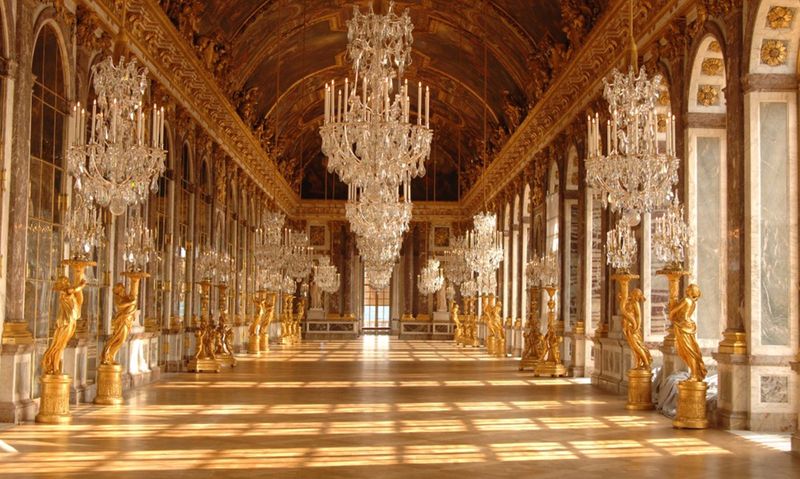
Once the epicenter of French political power, the Palace of Versailles dazzles with its opulence. Louis XIV’s vision came to life in grand halls and sprawling gardens. The Hall of Mirrors, a masterpiece of light and art, is particularly enchanting. Here, treaties were signed, and history was made. In its gardens, fountains dance to the melodies of classical music, transporting visitors to a bygone era of extravagance. Fun fact: The palace’s extravagant construction nearly bankrupted France, showcasing the monarch’s desire for glory.
Notre-Dame Cathedral
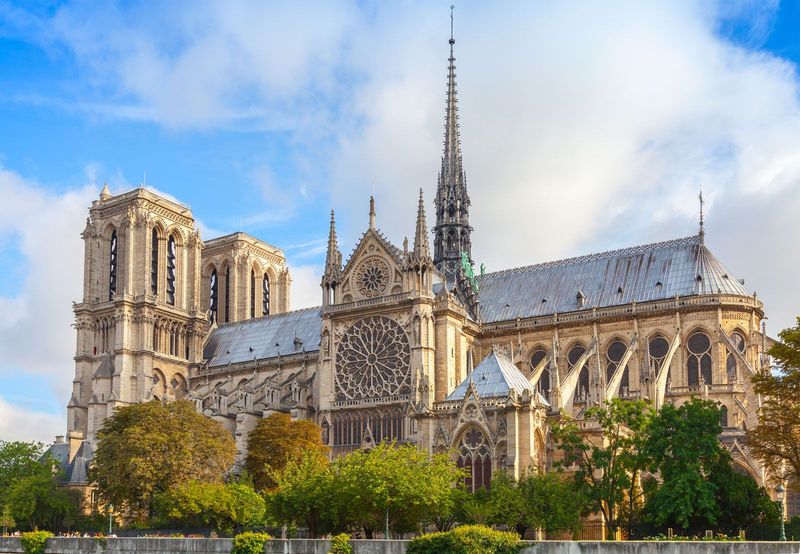
The Notre-Dame Cathedral stands as a testament to gothic architecture’s grandeur. With its iconic rose window and twin towers, it captures the imagination of all who visit. A symbol of Paris, it has witnessed centuries of change and resilience. Did you know? The cathedral was the setting for Victor Hugo’s “The Hunchback of Notre-Dame,” sparking renewed interest and restoration efforts in the 19th century. Inside, soaring arches and stained glass tell biblical stories, inviting contemplation and awe.
Château de Chambord
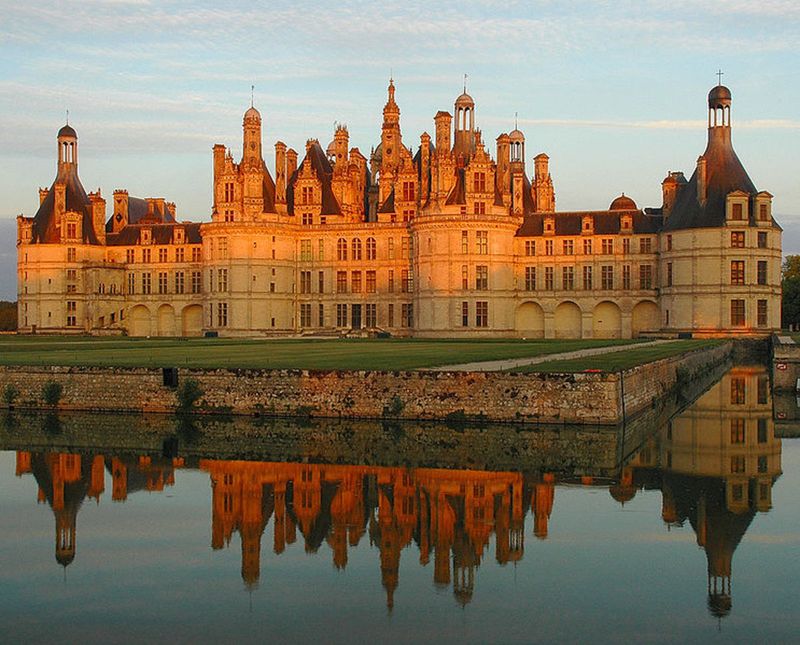
The Château de Chambord is the epitome of Renaissance flair. Envisioned by Francois I, its distinctive French and Italian elements make it an architectural marvel. The double-helix staircase, attributed to Leonardo da Vinci, is a highlight. Each room tells a story of royal pursuits and indulgence. Did you know? Its grand hunting grounds were created to entertain nobility, complete with extensive gardens and wildlife. The château’s majestic presence continues to awe visitors with its harmonious blend of elegance and power.
Pont du Gard
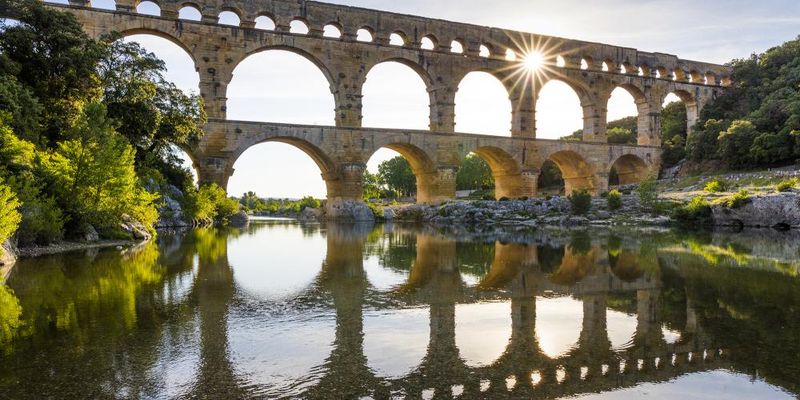
Pont du Gard stands as a relic of Roman ingenuity. This ancient aqueduct bridges the Gardon River, showcasing engineering prowess. Built in the first century A.D., it supplied water to the city of Nîmes. Its sheer size and precision are awe-inspiring. Imagine the effort of transporting massive stones without modern technology. Today, it draws visitors eager to walk in the footsteps of history. Did you know? It is one of the best-preserved Roman aqueducts, a testament to ancient craftsmanship and durability.
Sainte-Chapelle
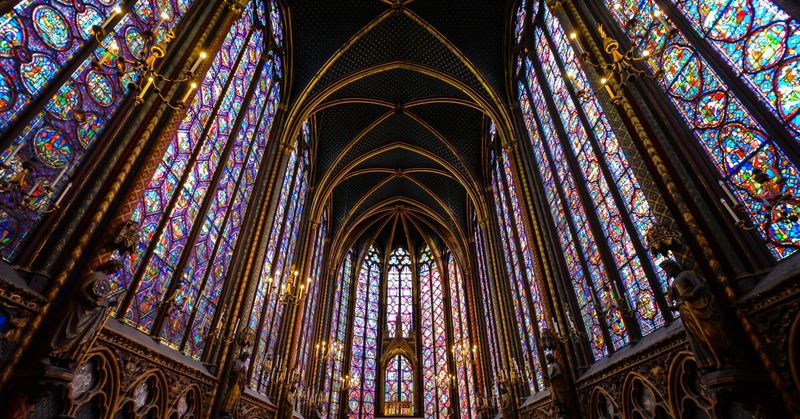
Sainte-Chapelle is a jewel of gothic architecture, known for its radiant stained glass windows. Built to house Christian relics, this chapel is a testament to faith and artistry. As sunlight filters through the glass, it creates a kaleidoscope of colors. Did you know? The chapel was commissioned by King Louis IX, who was later canonized as Saint Louis. Its ethereal beauty and historical significance captivate all who enter, offering a glimpse into the spiritual life of medieval France.
Pont Neuf
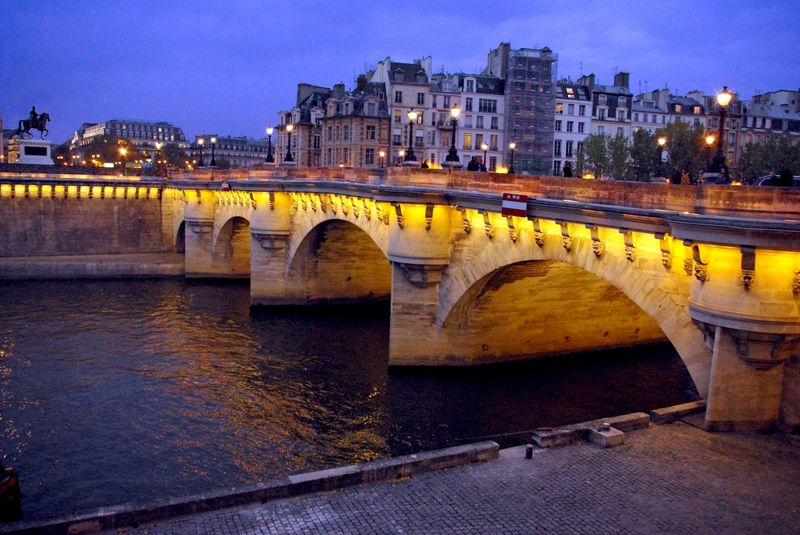
Despite its name, Pont Neuf is the oldest standing bridge in Paris. Completed in 1607, it connects the Île de la Cité to the riverbanks. The bridge’s design, featuring arches and stone carvings, reflects the elegance of the French Renaissance. A stroll across Pont Neuf offers panoramic views of Paris’s charm. Did you know? It was the first bridge in Paris to have sidewalks, making it a hub for social gatherings. Today, it remains a beloved landmark, steeped in history and romance.
Arc de Triomphe

The Arc de Triomphe stands as a monument to French military victories. Commissioned by Napoleon in 1806, it honors those who fought for France. Its detailed sculptures and inscriptions narrate tales of heroism. Situated at the end of the Champs-Élysées, it offers a commanding view of Paris. Did you know? Beneath the arch lies the Tomb of the Unknown Soldier, a poignant reminder of sacrifice. The arc’s grandeur and historical depth continue to resonate, making it a significant symbol of national pride.
Louvre Museum
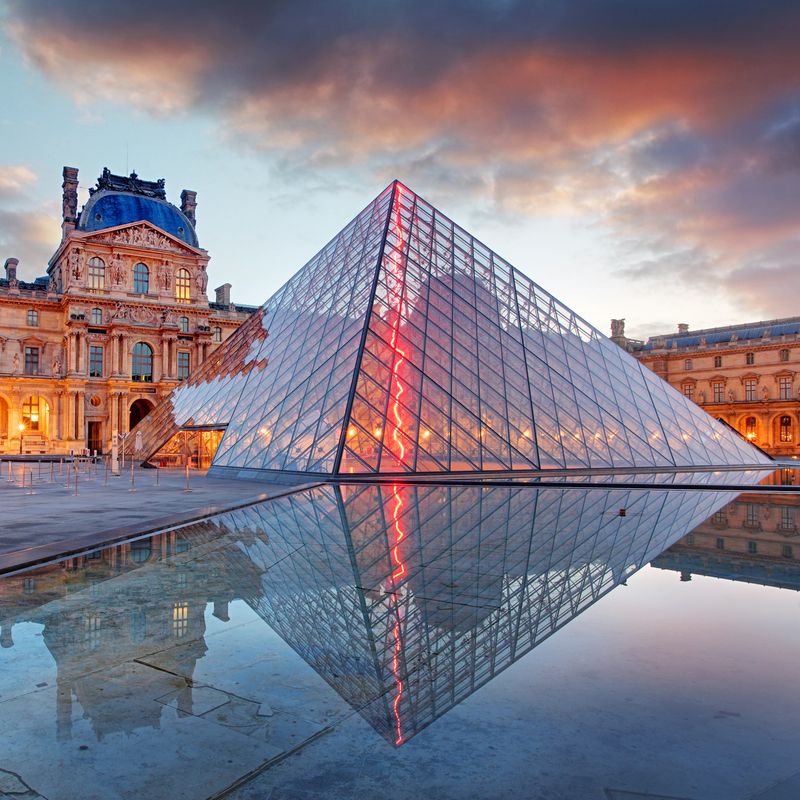
Home to some of the world’s greatest art, the Louvre Museum is a treasure trove of culture and history. Once a royal palace, it now invites exploration through vast galleries. The iconic glass pyramid entrance, designed by I.M. Pei, stands in striking contrast to the traditional architecture. Did you know? The museum’s collection spans over 9,000 years of history, featuring masterpieces like the Mona Lisa and the Venus de Milo. A visit here is a journey through time and creativity.
Basilica of Saint-Sernin
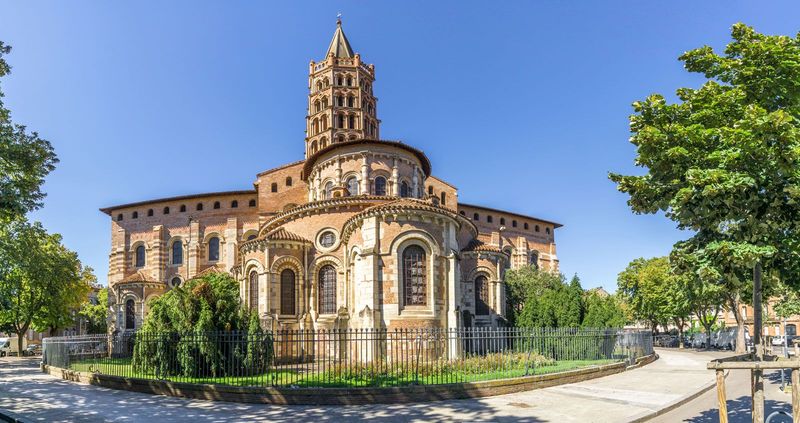
In the heart of Toulouse, the Basilica of Saint-Sernin stands as a testament to Romanesque architecture. As you approach, the towering bell tower beckons you into a world of medieval wonders.
Inside, the intricate carvings and expansive nave take you back in time. The ancient choir, adorned with celestial motifs, speaks of a deep-rooted spiritual legacy.
Did you know? This basilica is one of the largest remaining Romanesque churches in Europe. Its grandeur and historic significance are truly captivating, making it an essential stop on any architectural tour.
Château de Chenonceau
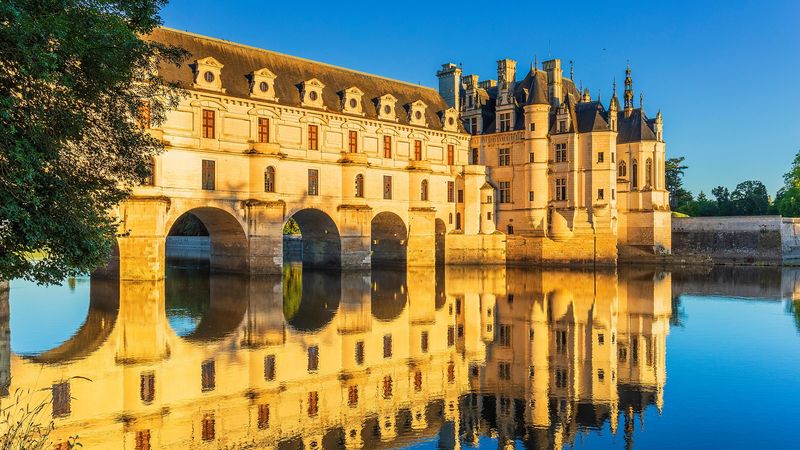
Spanning the River Cher, the Château de Chenonceau is a masterpiece of Renaissance architecture. Its elegant arches and lush gardens create a serene and picturesque setting.
Walking through its grand halls, one can almost hear the whispers of royalty who once inhabited these walls. The château’s reflection in the river at sunset adds a magical touch.
Fun fact: Known as the “Ladies’ Château,” it was home to several prominent women of history. This unique legacy of female influence adds to its charm and wonder.
Palais des Papes
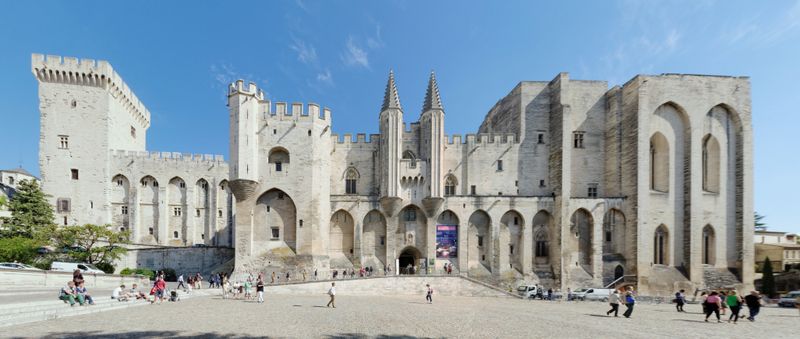
In Avignon, the Palais des Papes stands as an imposing symbol of medieval power. Its fortress-like appearance and Gothic towers tell tales of papal authority and intrigue.
Inside, the frescoes and grand halls echo the opulence of a bygone era. The palace’s role in the Catholic Church’s history is both fascinating and complex.
Did you know? It was the residence of popes during the 14th century, making it a key player in religious history. Its sheer scale and architectural beauty are simply awe-inspiring.
Cité de Carcassonne
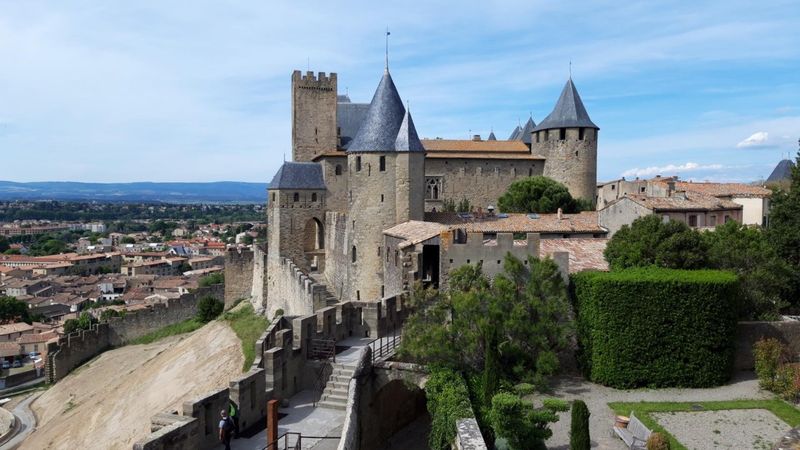
The Cité de Carcassonne, with its towering walls and turrets, is a storybook vision of a medieval fortress. Strolling through its cobbled streets, one feels transported to another time.
The panoramic views from the ramparts reveal the beauty of the surrounding countryside. As a UNESCO World Heritage site, its preservation is a testament to its historical importance.
Interestingly, the city’s restoration in the 19th century was a subject of much debate, highlighting its cultural significance. Its medieval charm is unmatched.
Pont du Gard
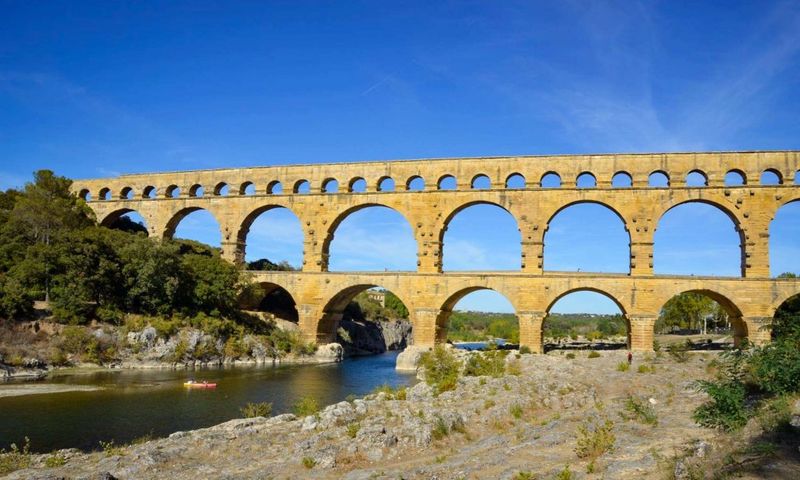
The Pont du Gard, an ancient Roman aqueduct, is a marvel of engineering. With its three tiers of arches, it majestically spans the Gardon River.
Walking along this ancient structure, you can almost hear the flow of history beneath your feet. The bridge’s impressive height and precision highlight the ingenuity of Roman builders.
Fun fact: It was constructed without the use of mortar, a testament to the Romans’ architectural prowess. Its enduring strength and beauty continue to inspire awe today.
Château de Fontainebleau
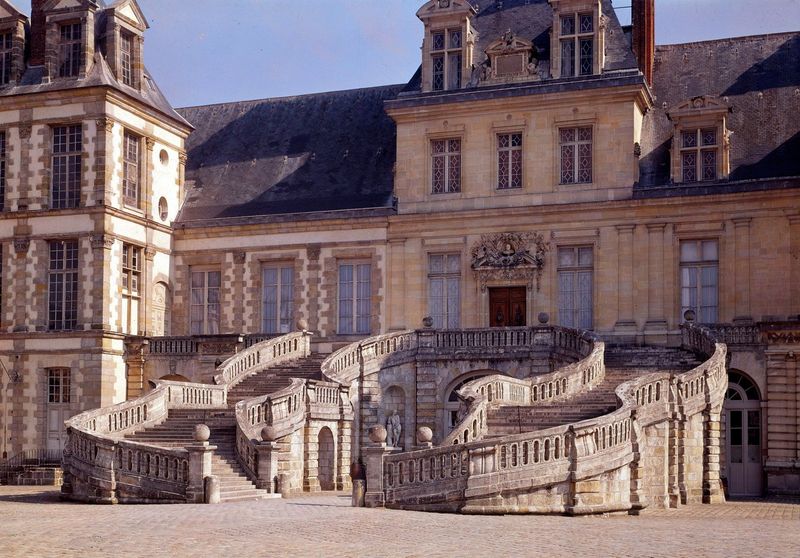
Château de Fontainebleau is a stunning example of Renaissance architecture, with its elegant gardens and grand staircases.
Each room whispers stories of the monarchs and emperors who once called it home. Its lavish interiors and artistic treasures captivate visitors at every turn.
Did you know? It has been a residence for French royalty for over seven centuries, making it a key piece of France’s historical tapestry. The château’s blend of architectural styles adds to its majestic allure.
Château de Blois
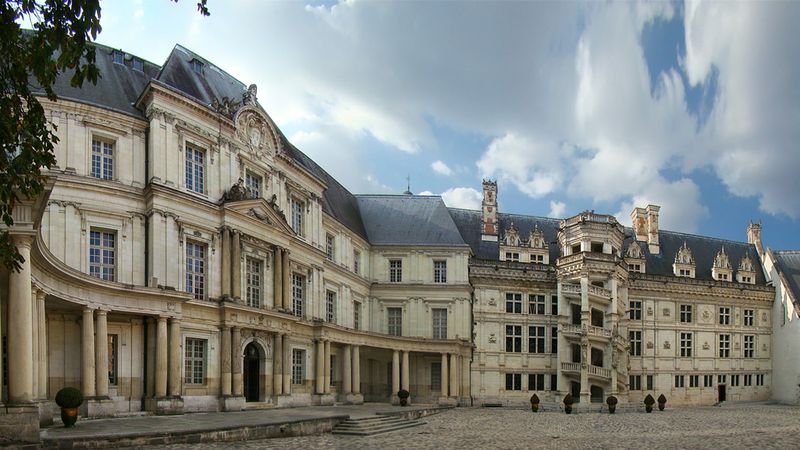
In Blois, the Château de Blois stands as a testament to the evolution of French architecture. Its blend of Gothic, Renaissance, and Classical styles creates a unique visual harmony.
Exploring its halls, one discovers the secrets of kings and queens who shaped France’s history. The château’s rich tapestry of design is both intriguing and inspiring.
Fun fact: It was here that Joan of Arc was blessed by the Archbishop of Reims before departing to drive the English from Orléans. Its historical aura is unforgettable.
Pont Alexandre III
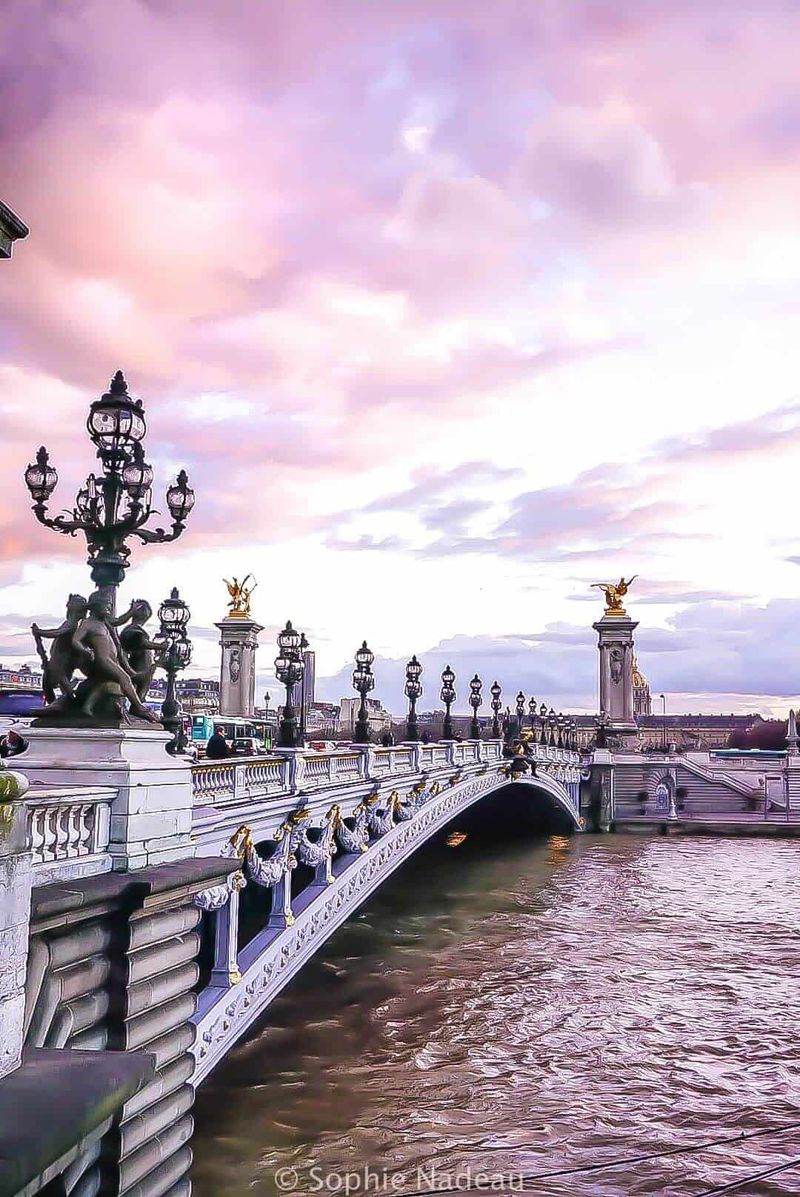
The Pont Alexandre III is a masterpiece of Beaux-Arts architecture, spanning the Seine with elegance and grace.
Its ornate lampposts, gilded sculptures, and intricate details make it a jewel of Parisian artistry. The bridge’s beauty is especially enchanting at sunset.
Interestingly, it was inaugurated for the 1900 Exposition Universelle, symbolizing Franco-Russian friendship. Its artistic splendor is a testament to the creativity and craftsmanship of that era.
Les Invalides
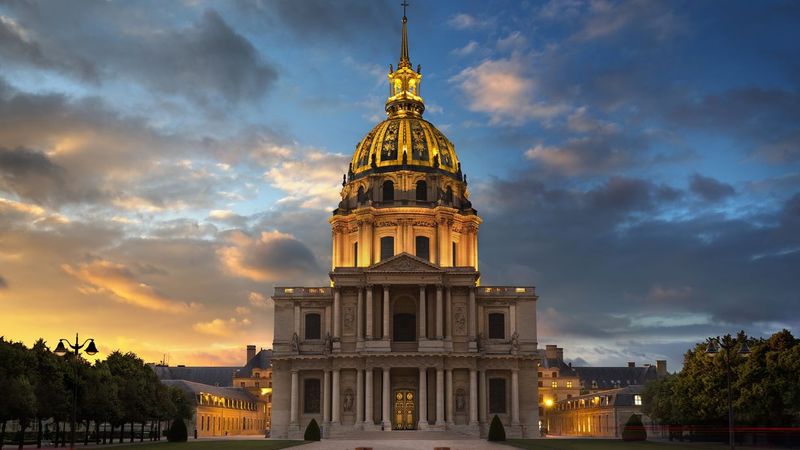
Les Invalides, with its monumental dome, is both a symbol of French military history and a masterpiece of Baroque architecture.
Its grand façade and lush courtyards welcome visitors to explore a rich tapestry of artifacts and stories. The complex’s reverence for history is palpable.
Did you know? It houses the tomb of Napoleon Bonaparte, drawing visitors from around the world to pay homage. Its architectural and historical significance is truly remarkable.
Château de Vincennes
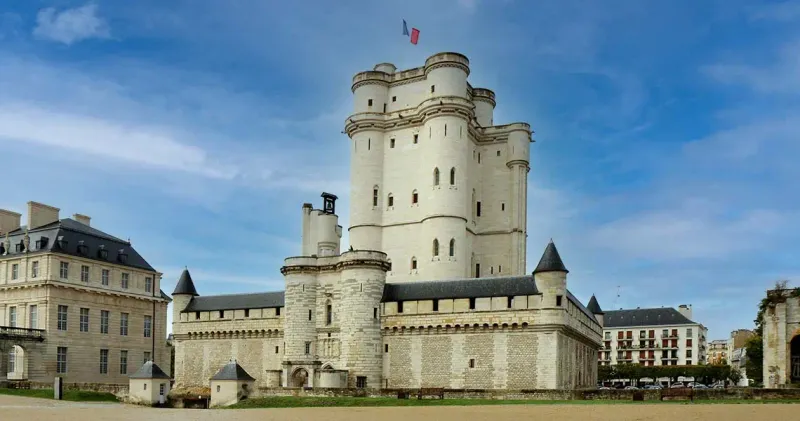
Château de Vincennes, with its imposing donjon and medieval walls, stands as a symbol of France’s royal past.
The fortress’s austere beauty and strategic significance offer a glimpse into the power dynamics of medieval France. Its history is as rich as its architecture.
Did you know? It served as a royal residence, a state prison, and a military stronghold. Its multifaceted role in history makes it a fascinating site to explore.
Château de Pierrefonds
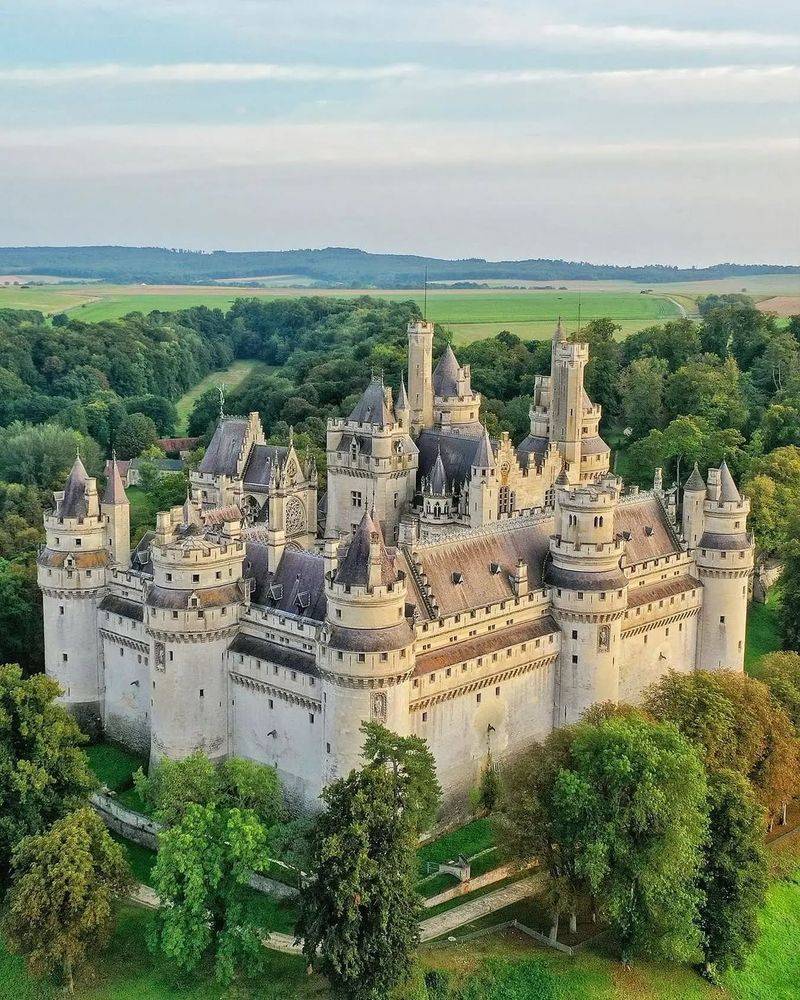
Château de Pierrefonds is a romantic vision of neo-Gothic design, complete with turrets and a moat.
Its fairy-tale charm is enhanced by the lush greenery that surrounds it. The castle’s intricate details and grandeur captivate all who visit.
Interestingly, it was restored by architect Viollet-le-Duc in the 19th century, reviving its medieval allure. Its imaginative design transports you to a world of knights and legends.
Abbey of Fontenay
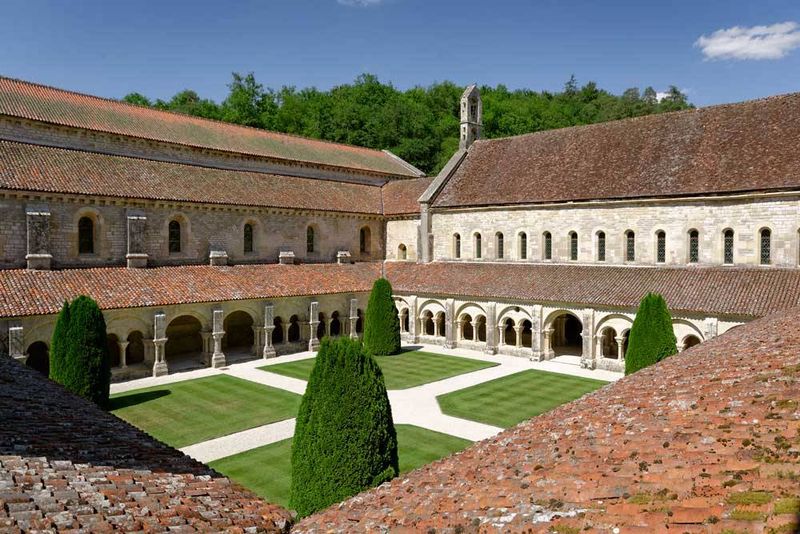
Nestled in Montbard, the Abbey of Fontenay is a serene example of Cistercian architecture. Its Romanesque design exudes a sense of spiritual peace.
The cloisters and tranquil gardens invite quiet contemplation and a connection to the past. The abbey’s simplicity is its greatest allure.
Fun fact: It is one of the oldest Cistercian abbeys in Europe, founded in 1118. Its preservation as a UNESCO World Heritage site underscores its historical and spiritual importance.
Pont Valentré
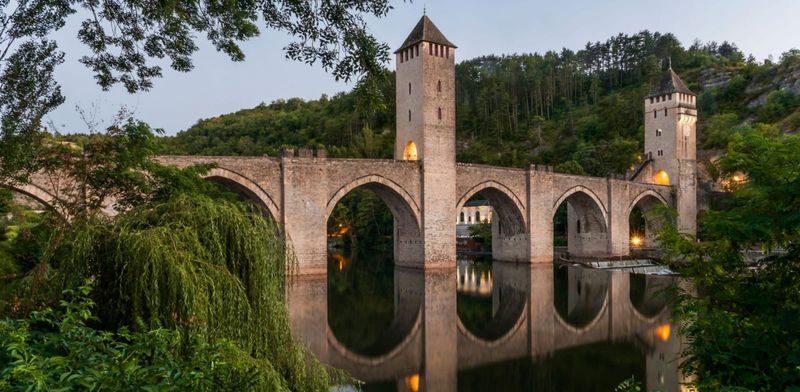
In Cahors, the Pont Valentré stands as a formidable example of medieval fortification. Its stone structure and three towers speak of strength and resilience.
Walking across the bridge, one feels the weight of history beneath each step. Its architectural beauty is both imposing and graceful.
Interestingly, a legend tells of a pact with the devil made during its construction, adding a mystical element to its allure. Its enduring presence captivates visitors.

